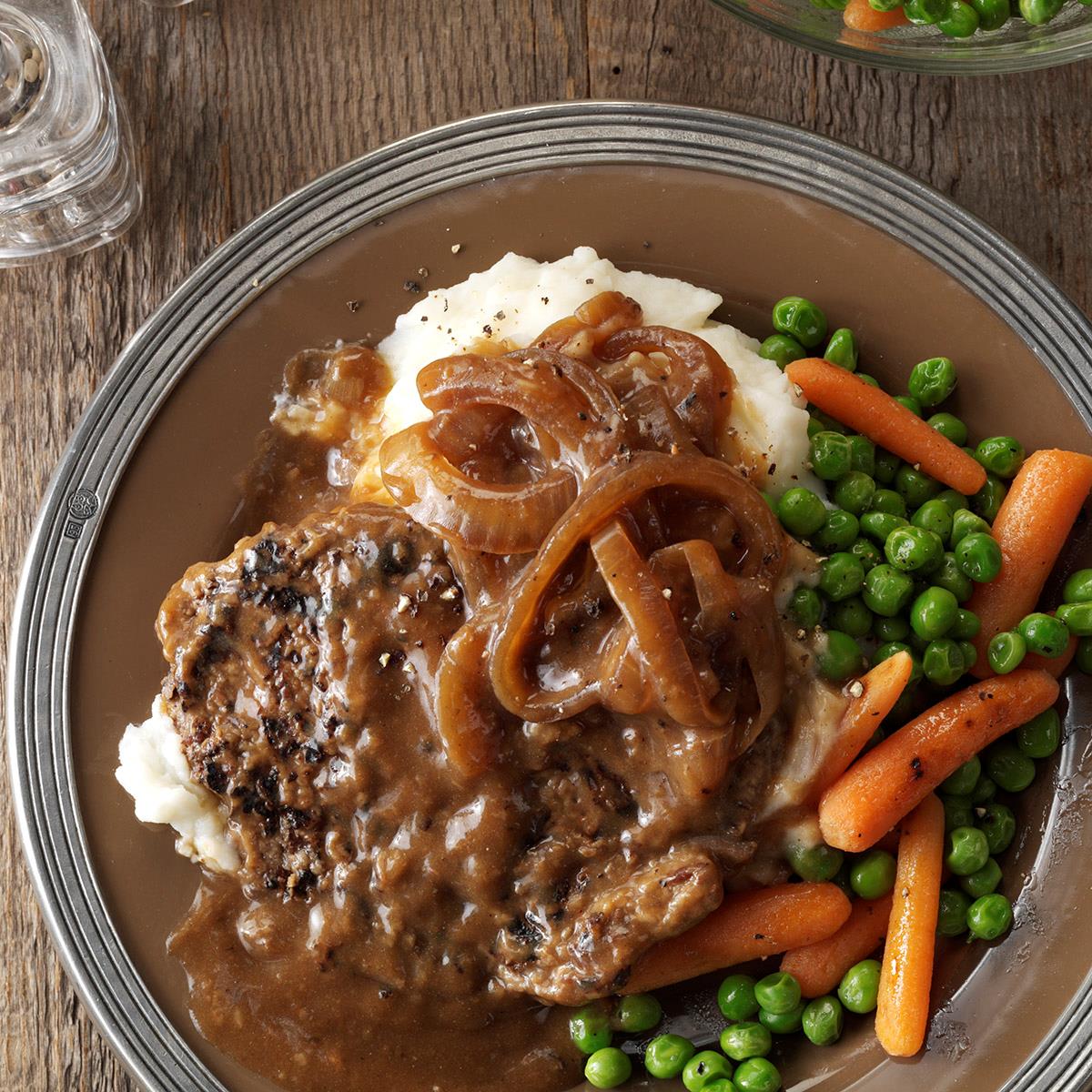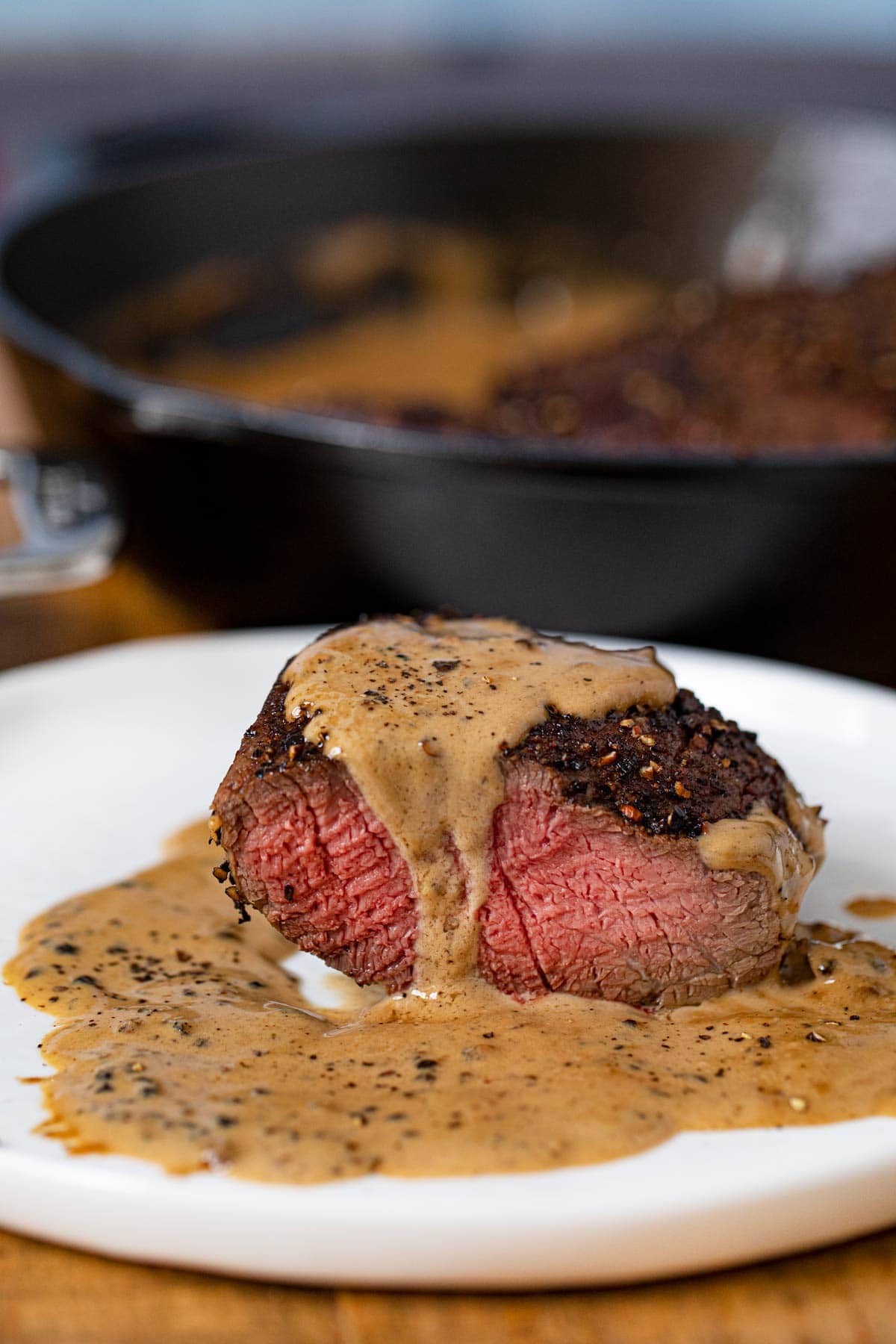
Reverse searing steak is one of the most well-known cooking techniques. This method allows for slow cooking of a steak at a low temp. The medium-heat method cooks the steak evenly and leaves no trace of overcooked meat. Moreover, the process can be done without resting the steak, which is a great advantage if you don't have the time to cook the steak the traditional way. This method is ideal for those who don’t like the taste or texture of overcooked meat.
You should pre-heat the large cast-iron skillet before you start the reverse-searing process. This will speed up your process. You should place a wire rack over a baking sheet and cover with foil. Use paper towels for drying the steaks. Season with generously. This will ensure that the steaks cook quickly and evenly. You will need a large pan to do this.

Start by preparing a thick steak. To heat the meat, heat it between 200 and 265°F (93-125C). If you don't have access to a oven, try cooking the steak on a closed grill or on a closed gas range. You can also make it at home with a stovetop, grill, or oven. The key is to use a medium-thick steak.
After the steak is cooked, allow it to rest for a while. This will allow your steak to cool down, and provide a heat sink so that it can be sear for the next time. If you don't rest your steak properly, it will overcook the edges and become tough and rubbery. If you want a delicious and well-done reverse-seared steak, be sure to rest the meat after cooking it. It will allow the steak to caramelize nicely, and it will prevent it drying out too much in an oven.
Cooking a steak that has been reverse-seared can be challenging. This is why a two-phase unit is ideal. The first phase involves cooking at a low temperature to raise the internal temperature of the steak and leave the outside relatively uncooked. The second phase is where the steak is cooked to a high temperature and given a smoke-ring. This method is most popular for cooking steaks. It can make them crispier and more tender.

For cooking steaks, the reverse-searing technique is an excellent option. This combination involves grilling on a pan and baking in the oven. This method is great for perfectly cooking beef. It is also an excellent alternative. The best thing about it is that it doesn't alter the meat's flavor. If you cook it correctly, the steak will taste better and be more tender than if it had been cooked with less heat.
FAQ
Is it possible to be self-taught?
Yes, it is possible to be a self-taught chef! The joy of cooking is something that everybody enjoys doing, no matter their skill level. If you are interested in learning how to cook, start cooking at home. You can start small by making spaghetti sauce for dinner or pancakes for breakfast. The best way to learn how to cook is to try new recipes and experiment. It's possible that you will make mistakes.
The time it takes to learn to cook can vary from just a few hours up to several weeks, depending upon your skill level. It's important that you remember that cooking does not mean following a recipe. There are many ways of cooking food. So if you have an idea for a recipe, use it.
What should a beginner cook first?
For beginners, it is best to begin with something simple like pasta, rice or soup. You can learn how to cook by looking at a cookbook or watching a YouTube video. Cooking with friends is much more enjoyable. You can cook together as a family or with friends.
What are my options for learning about cooking?
Cooking classes are available throughout the country. You can find courses in baking, pastry and wine tasting at many schools. If you're interested in learning more about baking, you can either enroll at a community college or vocational school. Or you can attend a private class.
Statistics
- You'll be amazed that over 90% of CIA students receive scholarships and grants to finish their culinary studies. (ischoolconnect.com)
- In the United States, the category is estimated at $23.2 billion annually and is growing faster than the market. (washingtonpost.com)
- under 10 Kids have been taught that there is special food just for them, and Fiese says that 10 percent of kids will throw a tantrum if they don't get the food they want. (washingtonpost.com)
External Links
How To
How to make an omelet that is perfect
Omelets is one of my favourite breakfast foods. But how do they turn out so perfectly? I've tried many recipes and different methods but none have worked. Today, I'd like to share some tips with you in order to make delicious and fluffy omelets every day.
When making omelets, it is important to be aware that eggs can be temperamental. You must get them fresh, organically, and keep them cold until you cook. You must keep them cool enough to allow the whites to form properly and the yolks to become too runny if they're not kept at the right temperature. This will make your omelets appear strangely colored. If you're going to cook them immediately, it is best if the eggs are still warm.
Another tip is to separate each egg before adding them to the saucepan. You don't want any white to get mixed up with the yolk because this could cause the omelet to curdle.
You could end up burning the bottom half of the egg if the egg is added directly to the heat source. Instead, put the egg in the microwave for 10 seconds before putting it into the pan. The microwave heat will cook the egg just right without making it too hot.
Let's now talk about mixing eggs. When you mix eggs together, you want to beat them well. To do this, take the bowl from the mixer and flip it upside-down. Then, vigorously shake the bowl. This way, the air inside the bowl gets whipped around and mixes the egg thoroughly.
Now it's time to have fun: pour the milk into the mixture. Mix half of the milk with the eggs. Then fold the eggs in half into the remaining milk. Don't worry if there are still streaks of egg visible; these streaks will disappear once you flip the omelet.
After folding the eggs fold the pan onto medium heat. When the oil starts to hot, wait for the pan to cook. When the oil is hot enough, add 1/4 cup butter to the pan. Stir it around until the butter covers the entire pan. The lid should be carefully opened. Sprinkle salt in the pan. Salt will prevent the omelet sticking to the pan.
Once the omelet has formed, cover the pan again and wait for the top side to set completely. Flip the omelet with a spatula, or flip it upside down. Cook the second side for a minute or so. Take out the omelet and place it in a bowl.
This recipe is best when used with whole milk. But, you can use skimmed milk as well.